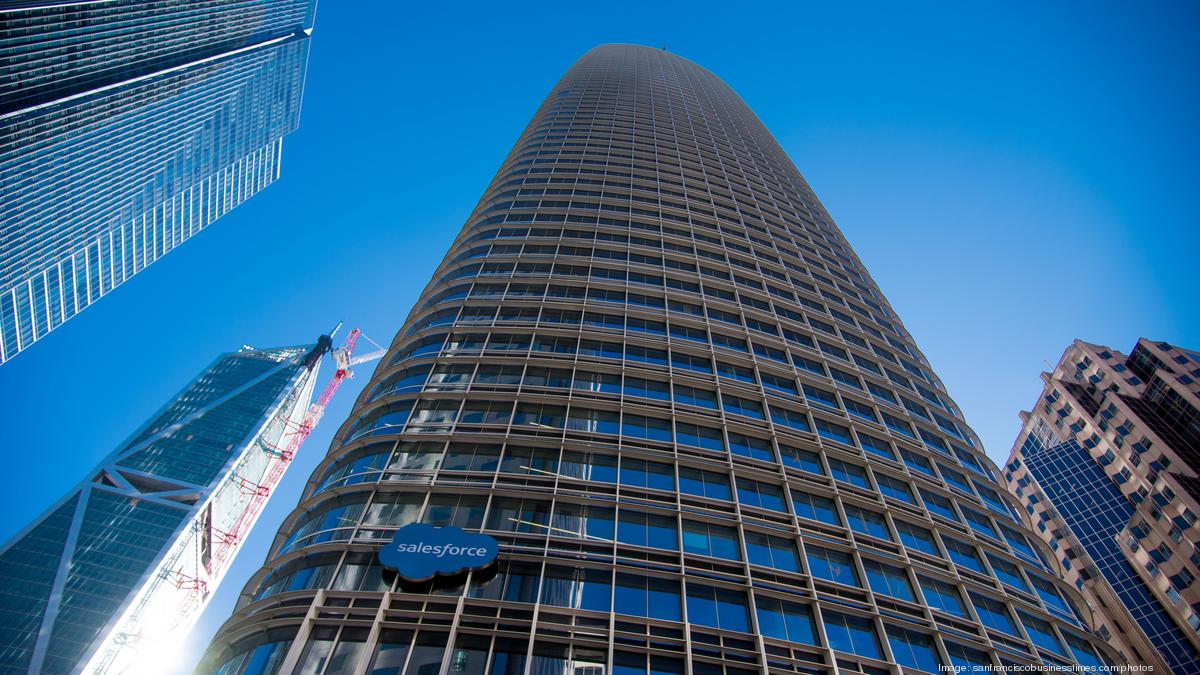The COVID-19 pandemic has completely shifted the state of work in the country. While many employers are demanding their employees return to the office, workers are seeking much more flexible arrangements. A survey from Gallup in June 2022 found that approximately 56% of full-time employees in the U.S., or more than 70 million workers, say their job can be done remotely. Of those surveyed, 50% were adapting to hybrid work schedules, 30% were exclusively working remotely, and only 20% were working entirely from their office. The same survey found that six out of 10 employees working exclusively remotely are “extremely likely to change companies” if not offered remote flexibility at work.
In Silicon Valley, 2-3 days of remote working has emerged as the new normal, with Wednesdays and Thursdays as the days when most employees work at the office. With technology moving in the direction of catering to remote and hybrid employee needs, employees are moving out of more expensive cities in an effort to save money, cut back on commute time, and achieve better work/life balance. If you’ve walked through San Francisco’s financial district lately, you may have noticed that its streets have become a ghost town. San Francisco is currently facing its highest office vacancy rate since 1993, with 27.1 million square feet of a total of 90 million square feet currently vacant; 30% of office space is not occupied. This is a shocking statistic given that, prior to the pandemic, San Francisco’s vacancy rate was about 4% – one of the lowest in the country.
If you’ve walked through San Francisco’s financial district lately, you may have noticed that its streets have become a ghost town. San Francisco is currently facing its highest office vacancy rate since 1993, with 27.1 million square feet of a total of 90 million square feet currently vacant; 30% of office space is not occupied. This is a shocking statistic given that, prior to the pandemic, San Francisco’s vacancy rate was about 4% – one of the lowest in the country.
Image: San Francisco’s Salesforce Tower, the highest building on America’s West Coast with 59 floors. In October 2022, San Francisco had empty office space for the equivalent of more than 14 Salesforce Towers! That’s a lot of cubicles to fill… (Source: SocketSite)
This problem is expected to worsen as San Francisco has gained its reputation as the work-from-home capital of the United States. Harvard and Brown University’s “Recovery Tracker” found that San Francisco employees returned to their offices less than in any other American city, and commuting numbers are still 37% below pre-COVID levels.
Source: SF Chronicle
What makes the situation so drastic in San Francisco is the result of three factors.
- Remote working resulted in 40-60% fewer desks needed.
- High costs of living triggered an exodus of 10% of the city’s population during the pandemic.
- Furious hiring by tech firms prior to the pandemic resulted in the rapid construction of office spaces in the years leading up to the pandemic.
None of these factors will revert back to pre-COVID norms, ever.
Some city officials have proposed repurposing empty office space into housing, which could certainly address the need for more affordable housing. However, if you think converting an empty office high riser into an apartment complex is easy, think again. Apartments need water, gas, and sewage in several individual rooms, and most office buildings were built with these services only available in the center of the buildings. Conversion won’t be cheap, and it won’t happen overnight.
Overall, moving to more remote work caught San Francisco on the wrong foot on multiple fronts. With San Francisco’s dominant tech sector providing a high potential for remote work, there is less of a need for businesses to offer high-value location-based jobs that help employees afford the high cost of living in the city. Plus, the building stock in San Francisco had always lagged behind economic development. On the other hand, San Francisco and Silicon Valley have always bounced back from crises faster than other parts of the U.S., and there is no reason to believe it will be different this time around. True, more jobs and office leases are currently being canceled than created. But the next wave of tech companies with fast growth is already emerging: AI, AR/VR, climate technology, no code software platforms, and maybe sooner than we think: Quantum computing. They will fill San Francisco’s office space.


Pingback: Digigram Newsletter of January 2023! – Gert Christen.org